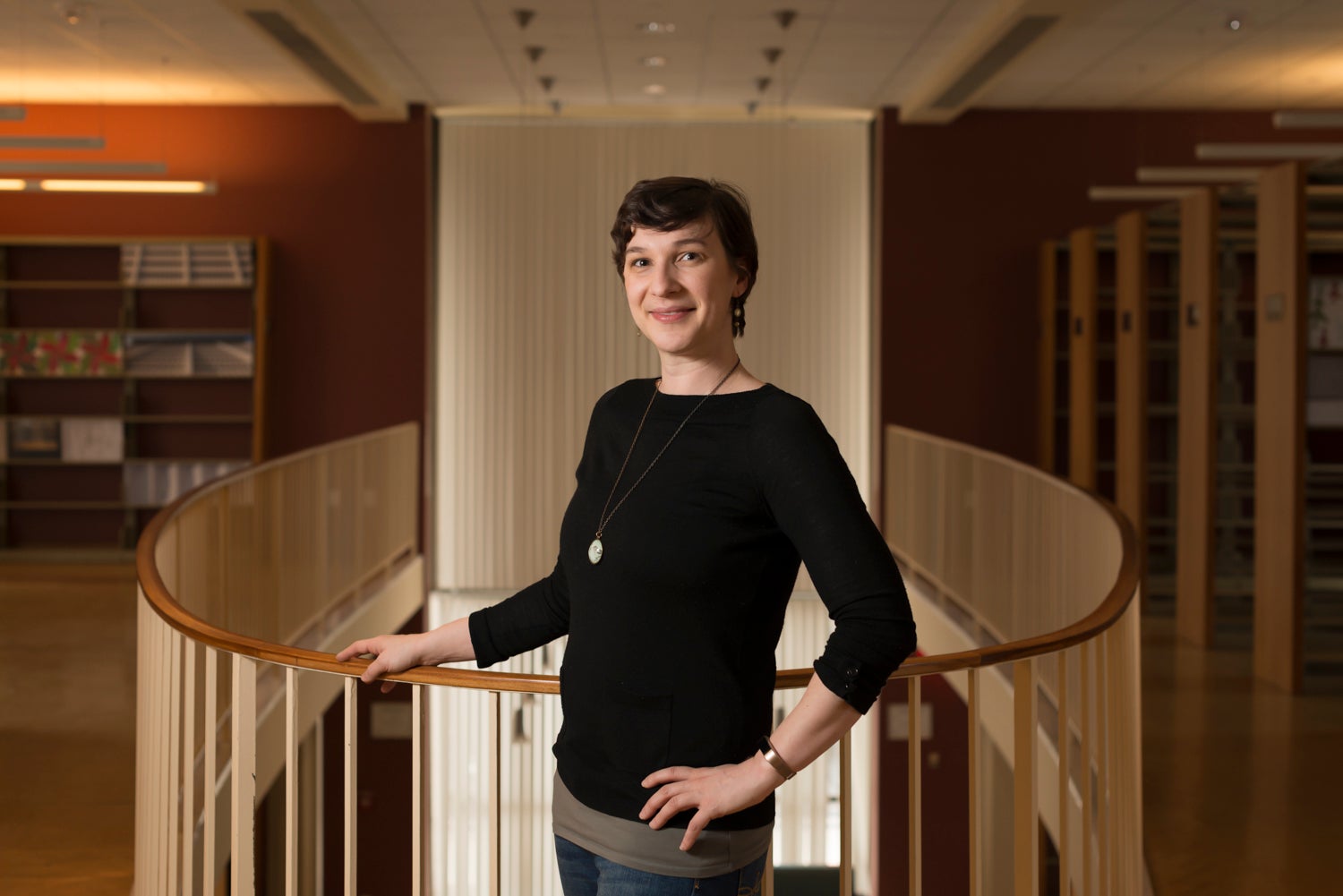
Our broad aim is to characterize representational spaces of the mind and how they are mapped onto the surface of the brain. We focus primarily on high-level visual representation: how do we organize our knowledge of objects, actions, and scenes?
Our approach is to leverage the spatial structure in neural responses to gain insight into functional organization of the mind and brain. The spatial topography and connectivity of neural regions are driven by powerful biological organizing principles that broadly reflect the computational goals of the system. As such, we aim to develop models of what regions do in the context of where they fall and why they come to be organized that way.
The techniques we use include functional neuroimaging and behavioral methods in human participants. We supplement these empirical techniques with formal computational methods to relate representational spaces defined at a cognitive level with the spatial topography of neural responses.
